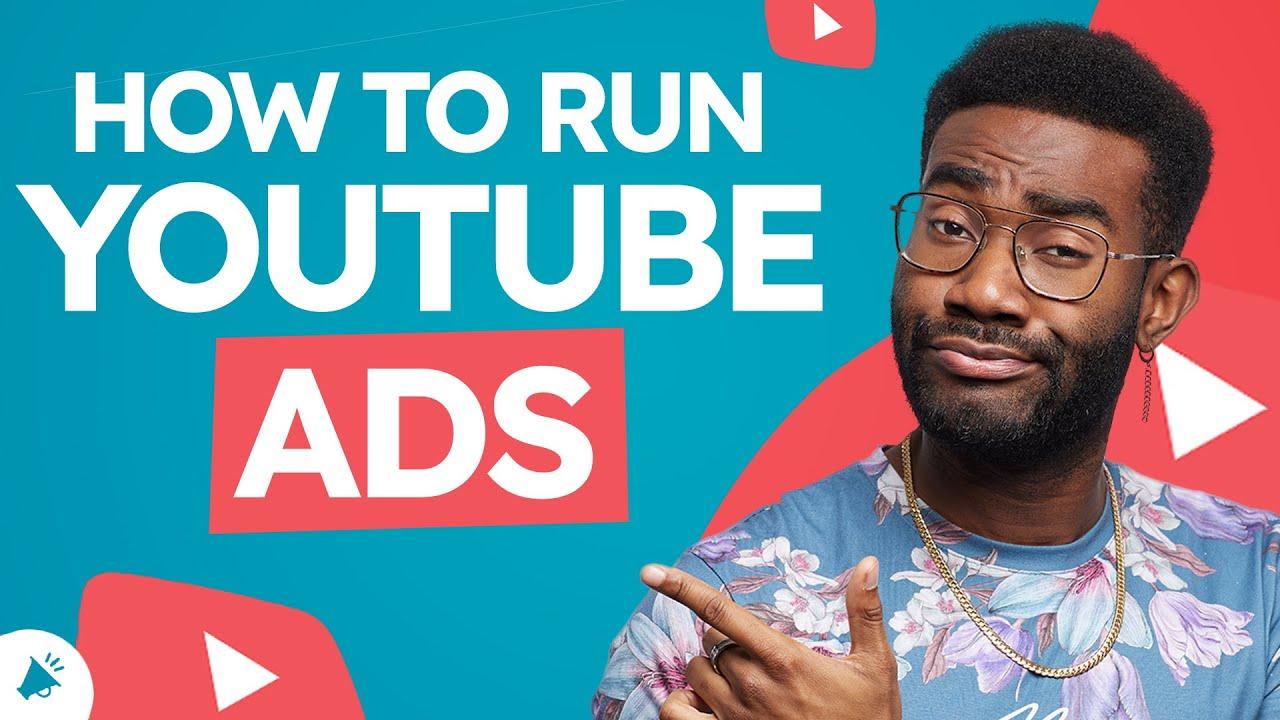
Powering Influence: Leveraging YouTube Ads in Campaigns
in an era where digital landscapes shape societal trends and brand perceptions, the power of visual storytelling has never been more critical. Among the numerous platforms vying for attention, YouTube stands tall as a titan of influence, hosting billions of videos and a diverse audience that craves authentic connections. With its unparalleled reach and engaging format, youtube ads have become an indispensable tool for marketers aiming to craft campaigns that resonate and inspire action. This article delves into the art and science of leveraging YouTube advertising in campaigns, exploring strategies, best practices, and the transformative potential of this dynamic medium. Join us as we unlock the secrets to harnessing YouTube’s influence, turning viewers into advocates and ideas into movements.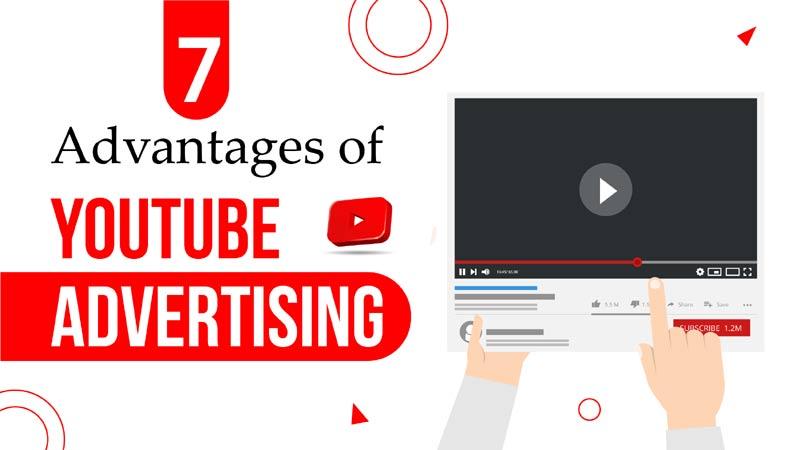
Understanding the Dynamics of YouTube Advertising for Effective Campaigns
YouTube advertising is a powerful tool that can elevate any marketing campaign when harnessed effectively. The platform’s unique blend of visual storytelling and audience engagement allows brands to connect with potential customers in a meaningful way. To optimize the impact of your ads, consider focusing on the following key elements:
- Target Audience: Leverage YouTube’s robust targeting options. Tailor your ads based on demographics, interests, and viewing behaviour to reach the right audience.
- Creative Content: invest in high-quality visuals and storytelling. Compelling narratives resonate with viewers and can lead to higher engagement rates.
- Ad Formats: Experiment with various formats—from skippable ads to bumper ads—to understand what resonates best with your audience.
To measure success and refine your strategies,it’s crucial to analyse performance metrics. Here’s a snapshot of key metrics to monitor in your campaigns:
| Metric | Description |
|---|---|
| View Rate | the percentage of viewers who watched your ad compared to those who saw it. |
| Click-Through Rate (CTR) | Measures the effectiveness of your ad in driving traffic to your site. |
| Cost Per View (CPV) | The amount spent each time a viewer watches your video ad. |
By focusing on targeted audience engagement and monitoring key performance indicators, you can refine your strategy to maximize the potential of your youtube advertising efforts. As you implement these tactics, remember that adaptability is key in the ever-evolving landscape of digital marketing.
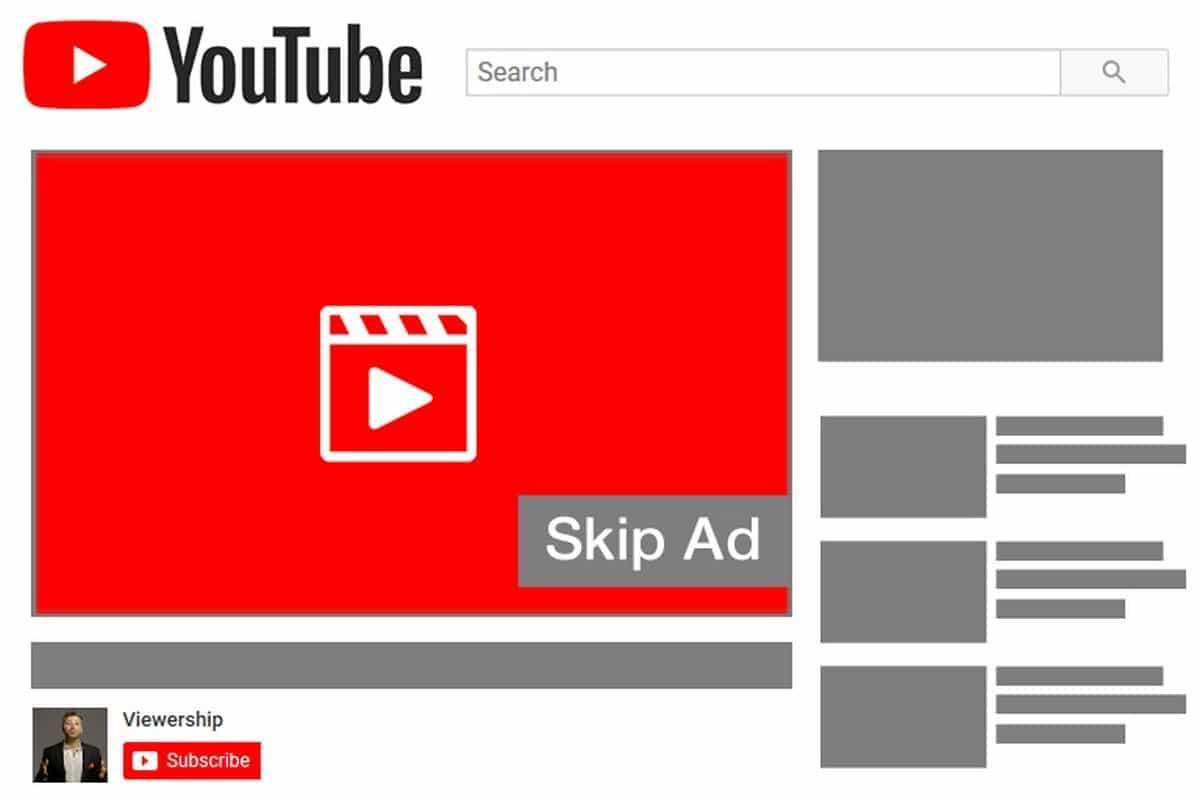
Crafting Compelling content: best Practices for engaging YouTube Ads
When crafting YouTube ads, it’s crucial to prioritize engagement from the very first second. Start with a strong hook—an eye-catching visual or a provocative question can promptly capture your audience’s attention. In addition,ensure your message is concise and relevant,ideally within the first five seconds,as viewers often decide whether to continue watching within this time frame. utilize dynamic visuals and compelling storytelling that resonate with your target demographic.The call to action (CTA) should be clear and prominent, guiding viewers on what steps to take next, whether it be visiting a website, subscribing, or making a purchase.
Consistency in branding and messaging is vital for memorable ads. Consider the following elements to enhance viewer retention and impact:
- Visual Consistency: Use similar colors and styles that align with your brand identity.
- Sound Design: Employ catchy tunes or sound effects that link back to your brand.
- Emotional Appeal: Craft narratives that evoke emotions—humor, nostalgia, or inspiration resonate well with audiences.
Ultimately,testing and optimizing your ads based on performance analytics can lead to important improvements. Regularly monitor key metrics such as view rates, engagement, and conversion rates, and adjust your content strategy accordingly to consistently refine your approach.
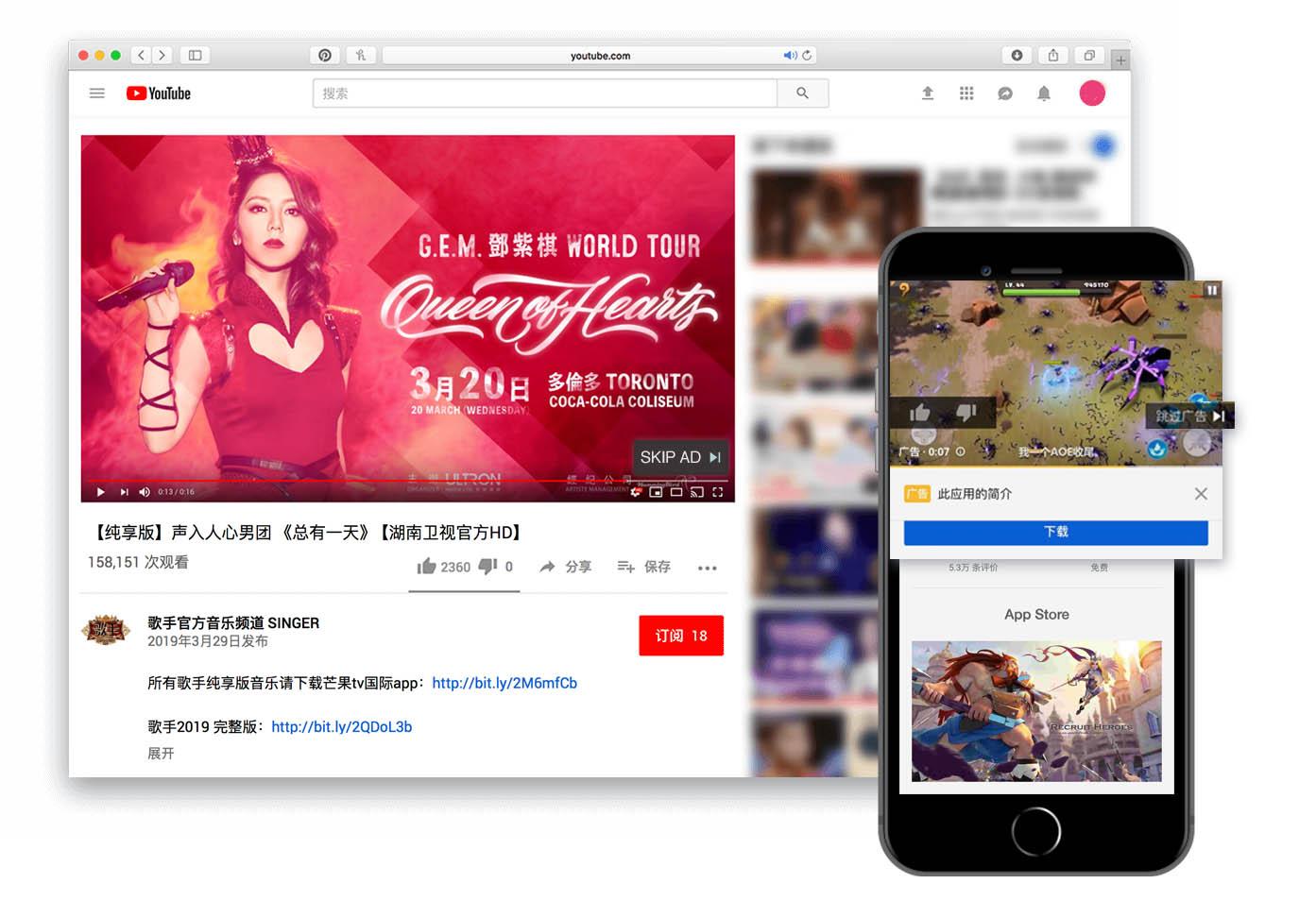
Targeting Strategies: Maximizing Reach and Impact on YouTube
in the competitive landscape of YouTube advertising, employing effective targeting strategies is essential for maximizing both reach and impact. By fine-tuning your audience selection, you can ensure that your message resonates with the right viewers. Demographic targeting allows you to reach specific segments based on age, gender, and location, while interest-based targeting lets you connect with users whose online behavior aligns with your campaign goals. Additionally, leveraging remarketing strategies can help you re-engage viewers who have previously interacted with your content, fostering deeper connections and driving conversions. Each method can be enhanced with analytics to track engagement and optimize your approach accordingly.
Moreover, consider utilizing YouTube’s custom intent audiences that target users actively searching for products or services similar to what you offer. Implementing in-market audience strategies can also position your ads in front of potential customers who are most likely to convert. For a holistic view, here’s a brief table showcasing the various targeting options available:
| Targeting Option | Description |
|---|---|
| Demographic Targeting | Focus on age, gender, and location |
| Interest-Based Targeting | Connect with users based on interests or online behavior |
| remarketing | Re-engage users who have previously interacted with your ads |
| Custom Intent Audiences | Target users actively searching for relevant products |
| In-Market Audiences | Reach users who are ready to purchase |
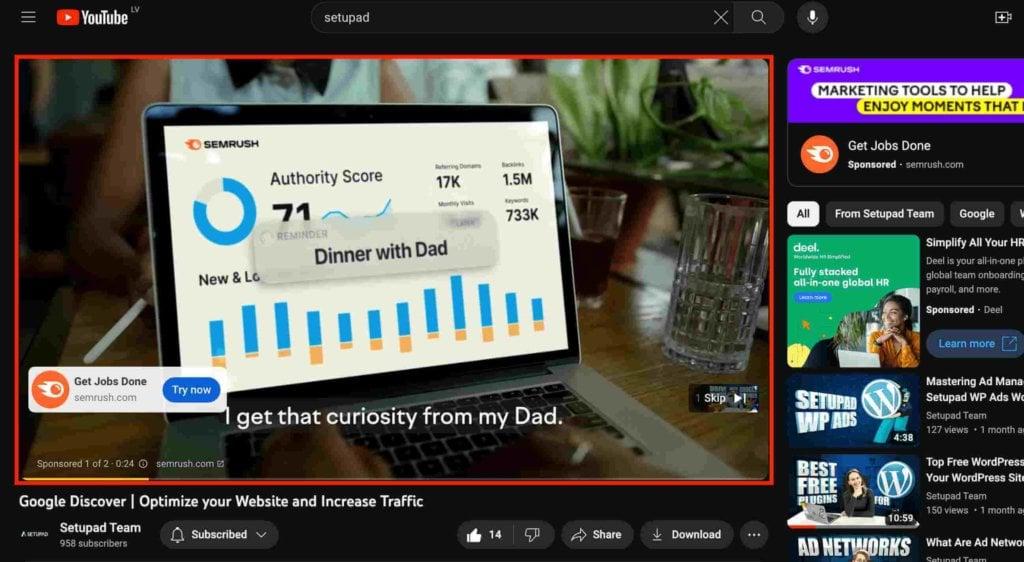
Measuring Success: Key Metrics for Evaluating Your YouTube Ad Campaigns
When embarking on a YouTube advertising journey, understanding the right metrics to track is pivotal for evaluating the effectiveness of your campaigns. One of the essential measures is Click-Through Rate (CTR), which reflects the percentage of viewers who clicked on your ad after seeing it. A higher CTR indicates that your content resonates well with the audience. In conjunction with this, it’s essential to monitor View Rate, which showcases the proportion of views relative to the number of impressions your ad receives. This metric can help gauge the engagement level and relevance of your ads to the intended audience.
moreover, diving deeper into the performance analysis requires examining Cost Per view (CPV) and Watch Time. CPV provides insight into how efficiently you’re spending your ad budget, while Watch Time reveals the total minutes your ads are being viewed, which can be a strong indicator of viewer interest and quality of content. To streamline your evaluation, consider using a metrics dashboard that includes these key indicators. Here’s a simple table layout to visualize these crucial metrics:
| Metric | Description | Meaning |
|---|---|---|
| Click-Through Rate (CTR) | Percentage of clicks on your ad compared to impressions. | Indicates engagement and relevance. |
| View Rate | Percentage of views received versus total impressions. | Shows audience engagement with your ad. |
| Cost Per View (CPV) | Average cost incurred for each view of your ad. | Measures budget efficiency. |
| Watch Time | Total minutes viewers spent watching your ads. | Indicates content quality and viewer interest. |
In Conclusion
As we draw the curtain on our exploration of “Powering Influence: Leveraging YouTube Ads in Campaigns,” it’s clear that the intersection of creativity and technology holds vast potential for marketers. YouTube, with its dynamic platform and expansive reach, offers a unique avenue to connect with audiences in authentic and impactful ways. By thoughtfully integrating video ads into your campaign strategy, you can harness the power of storytelling, build brand loyalty, and drive meaningful engagement.
As you embark on this journey, remember that success lies not just in reaching your audience, but in resonating with them. The blend of compelling visuals, strategic targeting, and genuine messaging can turn views into actions. So, take the insights shared here, adapt them to your specific goals, and let the waves of influence propel your campaigns to new heights. The stage is set; it’s time to shine in the spotlight of digital advertising. Happy campaigning!